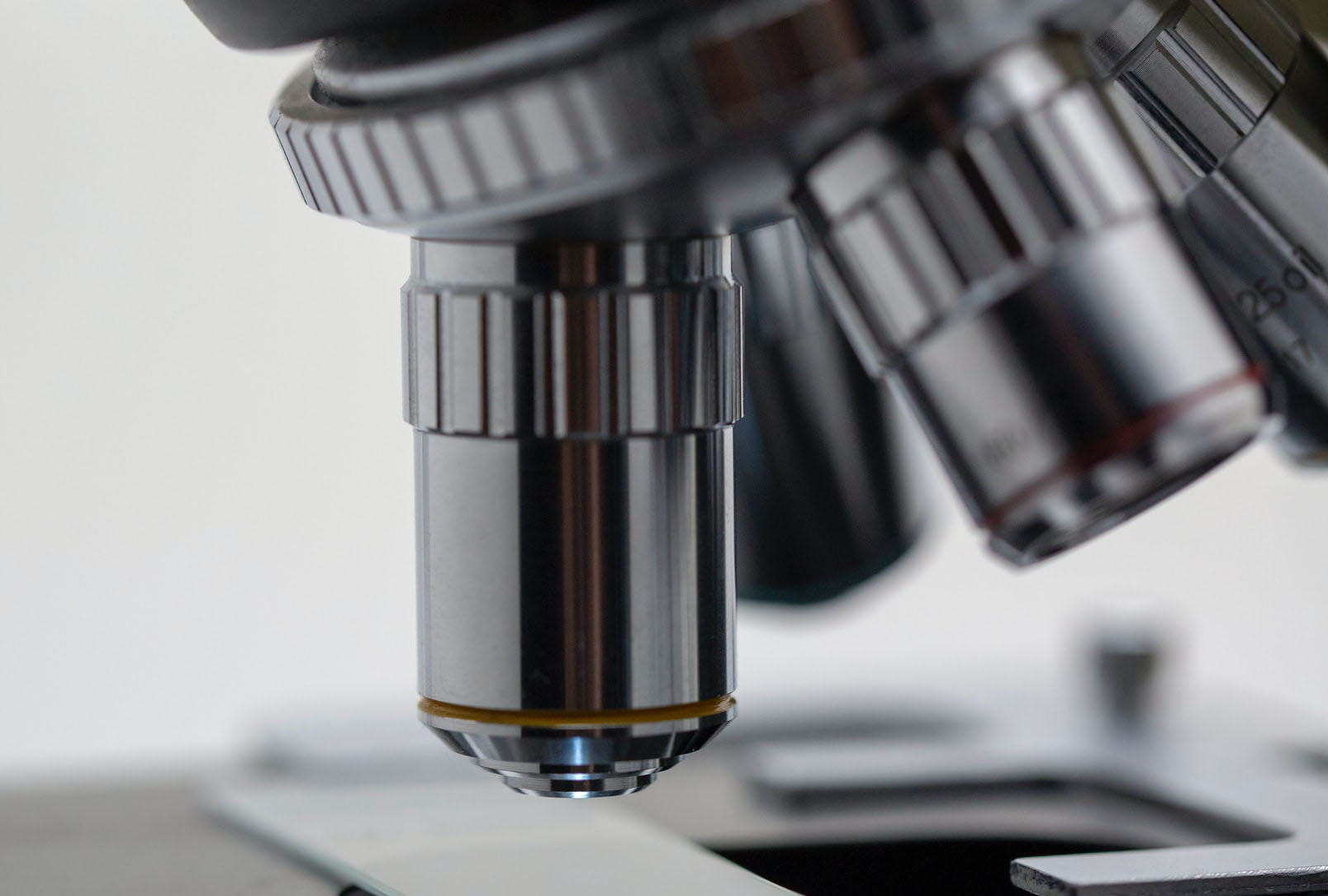There is no evidence to suggest that avoiding foods during pregnancy or the period of breast-feeding will prevent the development of food allergies in your baby.
It is very important that you have a healthy, well-balanced diet during these important periods.
It is most important that you observe your child for eczema, and keep food proteins away from their skin as these food proteins may cause food allergy (ie. oat based skin creams, coconut oil, avocado oil etc). Please seek early guidance from your paediatrician or allergist if your child has eczema.

